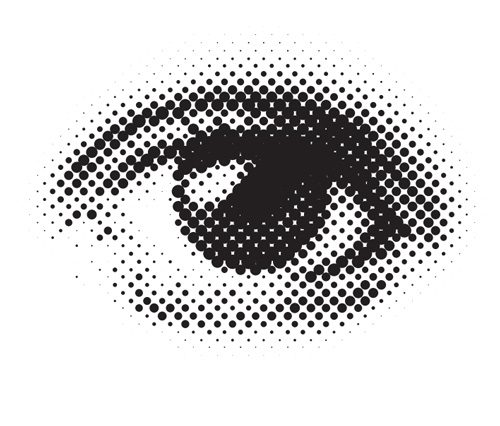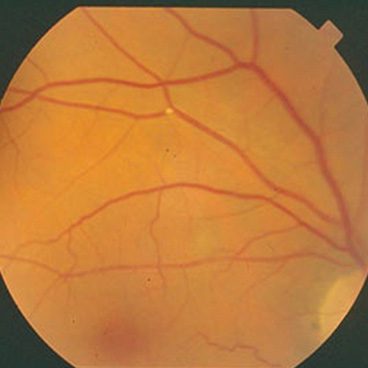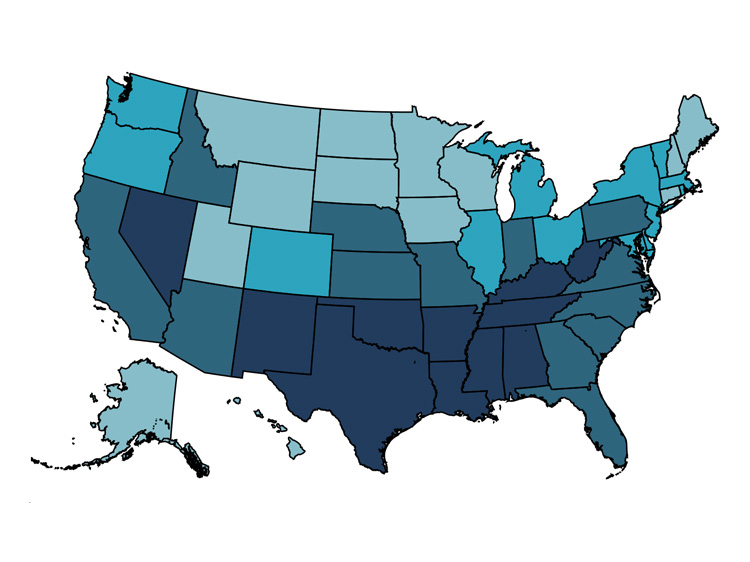What is Visual Impairment?
Also called low vision, visual impairment is defined as loss of eyesight that cannot be corrected with glasses, medicine, or surgery. For people who are visually impaired, everyday tasks such as reading, shopping, recognizing faces, and even crossing the street may be difficult. Some signs to look for that may indicate visual impairment are:
- slowness in responding or moving
- confusion in environments with low contrast or low lighting
- confusion with faces and identifying people
- difficulty locating objects that are small or low contrast
- difficulty paying attention
- avoiding activities requiring good vision
- making mistakes in tasks that have small details (i.e. taking wrong medicine)
- fear of falling
Are many people Visually Impaired?
Visual impairment is ranked third behind arthritis and heart disease as the most common condition causing a need for assistance with activities of daily living for persons 70 years and older. It is, however, often overlooked in the home care setting when treating patients for other conditions.
(Source: A caregiver’s eye on elders with low vision (abstract). Warnecke P. (Care, 2003 an;22(1):12 5.)
Common Patterns of Vision Loss
Everyone experiences vision loss differently, even those who share the same conditions. Most chronic diseases begin with no symptoms, then progress through various stages of blurriness, distortion, dim areas, and finally, blind spots in either or both eyes. These illustrations represent the end stages of the diseases described.
What is is Like to Experience a Vision Impairment?
Age related macular degeneration (AMD) blurs the center of vision, degrading detail of objects, print, and faces. Peripheral (side) vision remains intact and can be used effectively. It is most common in people age 60 and older, but there are juvenile forms.
Diabetic retinopathy is caused by abnormal leakage and/or growth of blood vessels in the back of the eye (the retina). It may occur in anyone affected by diabetes, and it can affect both central and peripheral vision.
Glaucoma is a disease of the optic nerve, which carries the images we see to the brain. It is usually associated with elevated pressure in the eye. When damage to the optic nerve fibers occurs, blind spots develop that usually go undetected until significant damage is done.
Stroke is not actually an eye disease, but it can seriously impair vision. It results from rupture or blockage of a blood vessel in the brain, depriving parts of it of adequate blood supply. Various symptoms may occur, Common Patterns of Vision Loss -10- depending upon the site and extent of damage. It affects the visual messages coming from both eyes, usually eliminating perception of either the right or left halves of the visual field. Detail vision may not be reduced, but reading may be difficult.
Whatever causes visual impairment, the end results are the same.
Seeing is difficult, but for visually impaired individuals, some vision usually remains. Total blindness occurs in only about 5% of the visually impaired population. A person with low vision uses both visual and nonvisual cues, depending upon the amount of eyesight present. Training in developing and using other senses is helpful. Read “A Self Help Guide to Nonvisual Skills” online.

Patience is important, as it may take longer to accomplish certain activities. Depression is common in people with visual impairment, and it can be debilitating. For more information, select this link.
Vision Impairment in Children
Currently, more than 600,000 children in the US have uncorrectable visual acuity loss, including over 45,500 who are blind. Eye conditions such as amblyopia (lazy eye) and strabismus (crossed eyes) may be successfully treated if detected early.
Prevent Blindness has created the Children’s Vision Health Map to visualize and explore data about vision loss and eye health in children.
You can find out more about children’s vision health issues at PreventBlindness.org and the National Center for Children’s Vision and Eye Health at Prevent Blindness.





